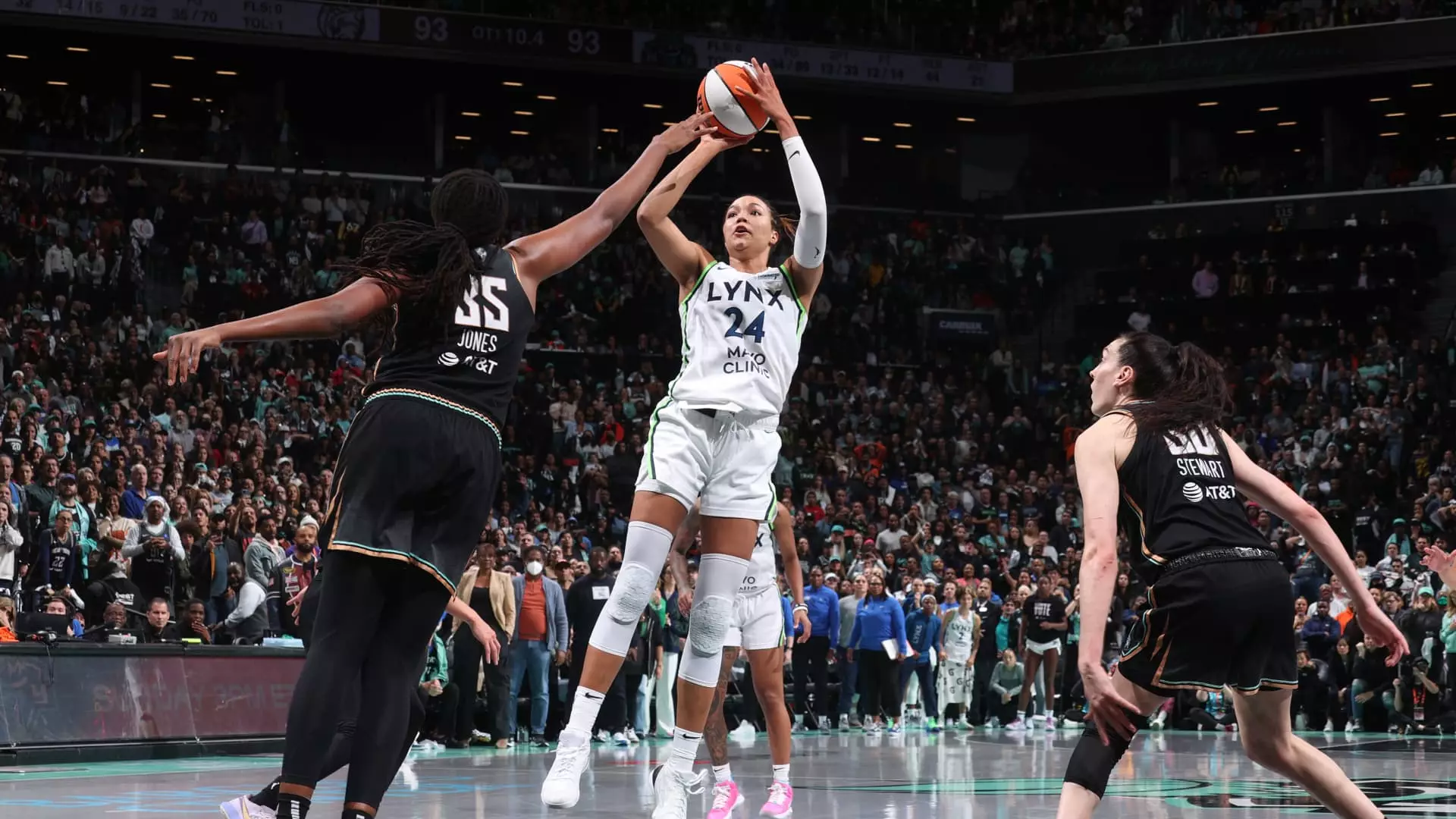The Women’s National Basketball Association (WNBA) is on the cusp of a transformative new season, set to kick off in 2025. With the expansion of the regular season and playoff format, fans, players, and stakeholders are excited about a league that is rapidly gaining traction in the sports world. Under the leadership of WNBA Commissioner Cathy Engelbert, the league has made bold moves that promise to enhance competitiveness and deepen fan engagement. The ambitious alterations in scheduling and the addition of new teams serve as a testament to the league’s growth, reflecting a greater appreciation for women’s sports and the potential for further development in the future.
One of the most pivotal changes announced is the extension of the regular season from 40 to 44 games. This move not only caters to the growing demand from a passionate fan base but also reflects the increasing talent depth within the league. By providing more games, the WNBA signals to its athletes that their skills and efforts are valued, and gives fans additional opportunities to experience the thrill of competition. The additional matchups will allow for more storylines to develop throughout the season, from rookie debuts to veteran milestones, thus enhancing viewer engagement and interest.
Furthermore, the restructured playoff system is designed to foster an even more dynamic postseason experience. The transition from a three-game first round to a new format that alternates venue hosting instead of favoring the higher seed represents a significant shift in competitive fairness. Engelbert’s emphasis on a 2-2-1-1-1 format for the Finals indicates a strategic approach to ensuring that every game carries weight, thereby heightening the stakes during the championship series. This innovative playoff model is poised to create an exhilarating atmosphere for fans as they rally around their teams, making every game not just a contest but a compelling event.
In addition, the unveiling of the Golden State Valkyries as the WNBA’s 13th franchise marks a major milestone for the league. Alongside upcoming teams in Toronto and Portland, the league’s continued expansion signals an era of increasing recognition and investment in women’s sports. Each new city represents not just a location but an opportunity for new fans and a fresh market, enhancing the sport’s visibility and viability. As Engelbert discusses potential cities for the 16th team, it becomes evident that the excitement surrounding the WNBA is generating momentum that could lead to even broader geographical outreach.
The recent $2.2 billion media rights deal illustrates the soaring financial interest in the WNBA. The partnership with the NBA and a growing roster of engaging players are fundamentally changing the landscape of women’s sports. Stars like Breanna Stewart and A’ja Wilson draw attention not only for their on-court prowess but also for their advocacy and presence off the court. This exposure contributes to a narrative that empowers athletes and challenges conventional perceptions of women in sports, setting a new standard for future generations.
While the league enjoys significant growth, it is also facing challenges related to race and inclusion. The increasing reports of racism and harassment experienced by players highlight an urgent issue that requires attention. Engelbert’s initial hesitation to condemn such behavior during an interview sparked a dialogue about accountability and responsibility in sports. It is crucial for the league’s leadership to clearly reject racism and prioritize creating a safe and inclusive environment for all players, both on and off the court.
The upcoming season of the WNBA presents a promising horizon, brimming with opportunity for players and fans alike. From structural changes to meaningful expansions, the league is not only growing its footprint but is also re-shaping how women’s sports are perceived and celebrated. As the Finals heat up with the Minnesota Lynx leading, the excitement around the WNBA is palpable. With each passing season, the league moves closer to achieving its goal of not just leveling the playing field but transforming it entirely, ensuring a vibrant legacy for female athletes for years to come.

